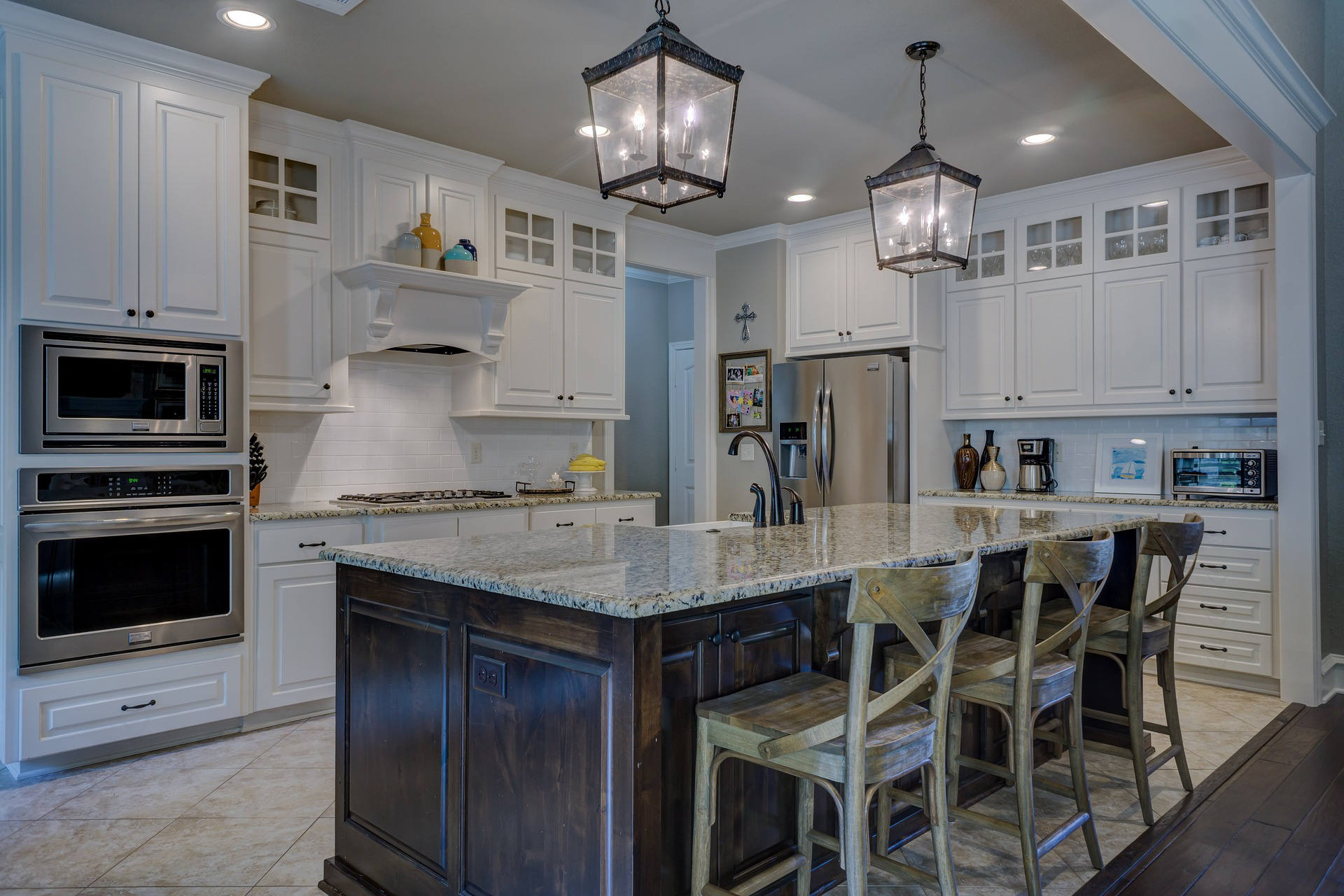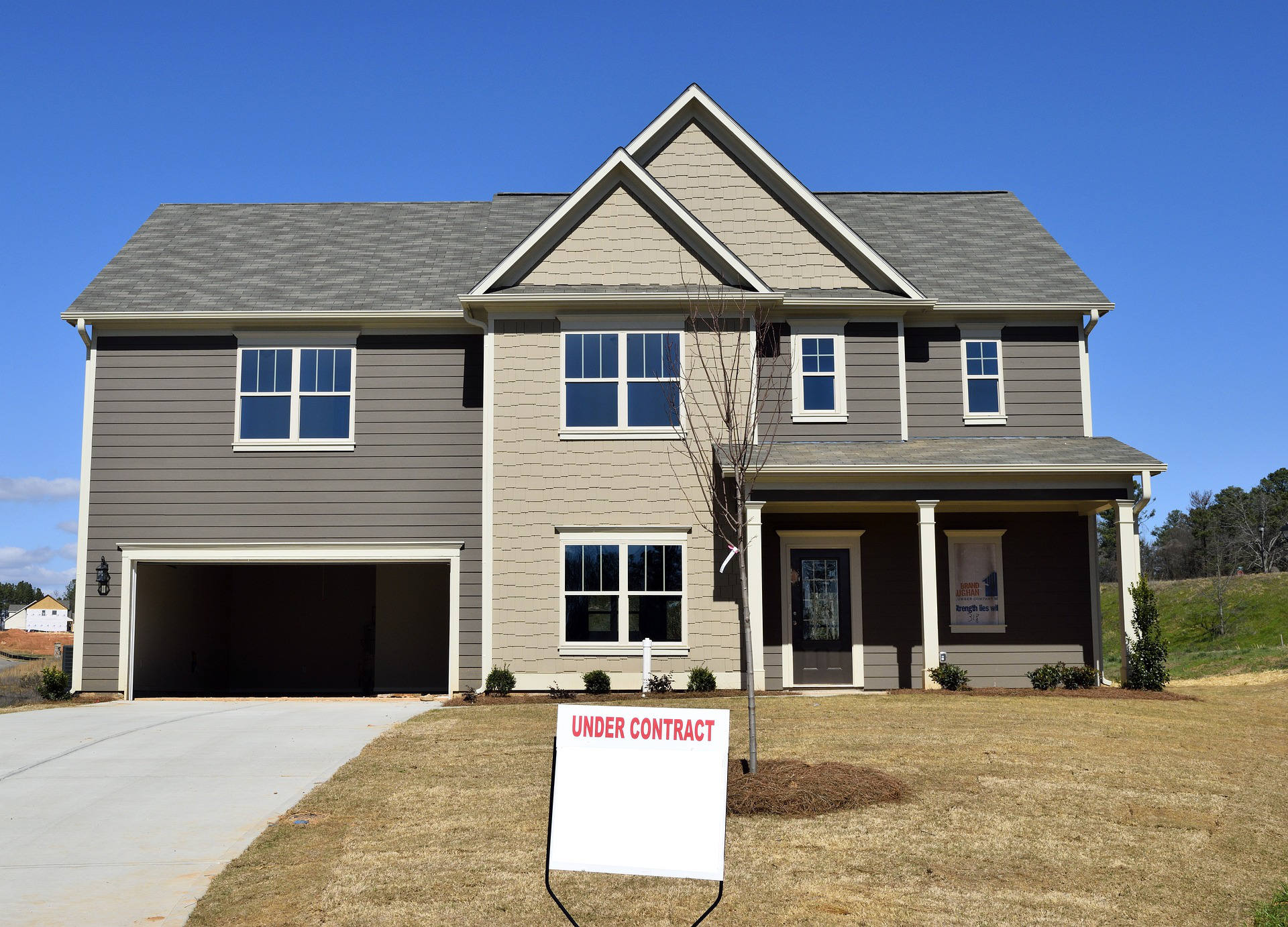Is Radon Testing Really Necessary?
If you’ve ever asked yourself, “Is radon testing really necessary?”—whether in the middle of a real estate transaction or as a concerned homeowner—you’re not alone. The cost of radon testing might seem unnecessary, but the risks of ignoring radon can be significant. Since radon is a radioactive gas and the primary cause of lung cancer in non-smokers, conducting a test is a minor expense for reassurance.
What is Radon, and Why Should You Care?
Radon is a radioactive gas that is invisible, tasteless, and odorless, resulting from the decomposition of uranium found in the earth. It has the potential to enter homes through fissures in foundations, crawl spaces, or various openings. Both new and old buildings can have elevated radon levels, and testing is the only way to know if your home is safe.
Radon: A Silent Killer
Radon exposure accounts for around 21,000 lung cancer fatalities each year in the United States. Although tobacco remains the leading cause of lung cancer, radon is a major risk, especially for non-smokers. Reducing radon exposure is essential for lowering lung cancer cases, and this starts with proper radon testing and mitigation where needed.
Do You Need a Radon Test When Buying a Home?
Many homebuyers wonder if radon testing is necessary in real estate transactions. The short answer? Yes. Here are several scenarios you might encounter and what action to take:
- Home without prior radon testing: Always test. If elevated levels are found, you may negotiate for a radon mitigation system.
- Home with prior radon test under 4.0 pCi/L: Test again. Radon levels can fluctuate based on the season or changes in home structure.
- Home with elevated radon levels previously detected: Test to confirm current levels and negotiate for mitigation, if necessary.
- Home with a mitigation system installed: Test every two years to ensure the system is working properly.
- Home without a basement: Test, since radon can accumulate regardless of the foundation type.
- New construction: Test, as airtight construction can trap radon more effectively.
Should Homeowners Test for Radon?
Regular radon testing is still crucial, Even if you’re not buying or selling a home. Here are common homeowner scenarios:
- Never tested before: Test to know your radon exposure risk.
- Installed a mitigation system over two years ago: Test to ensure the system is still effective.
- Only tested in summer: Test again in winter, when radon levels are typically higher.
- Made structural changes or installed a sump pump: Test again to verify the system’s functionality.
- New home construction: Test to assess radon risks in the airtight environment.
How Does Radon Testing Work?
Various radon tests are available, depending on your situation. These include:
- Short-Term CRM Tests: These devices measure radon levels over 48 hours and provide immediate results.
- Short-Term Liquid Scintillation Tests: These tests involve placing a device for 3–5 days, mailing it to a lab, and receiving a single measurement result.
- Long-Term CRM Tests: These devices are used for up to 90 days, providing insights into radon levels across different seasons.
Tests are typically placed in the lowest occupied area of the home. Electronic Continuous Radon Monitors (CRM) are among the most accurate tools, providing real-time measurements of radon levels.
What is a Safe Radon Level?
The U.S. Environmental Protection Agency (EPA) has set the radon action level at 4.0 pCi/L. However, no level of radon is considered entirely safe. At or above this threshold, the risks of exposure justify installing a mitigation system. Other countries may set different action levels, but the principle remains that lower radon exposure translates to lower health risks.
What if Your Home Has Elevated Radon Levels?
If your radon test indicates elevated levels, installing a radon mitigation system is the solution. These systems operate similarly to vacuums, pulling radon-filled air from under the foundation and venting it safely above the roofline. However, a poorly installed system can exacerbate radon levels, so hiring certified professionals is essential.
The Cost of Radon Mitigation
In the U.S., installing a radon mitigation system typically costs between $1,200 and $4,500, depending on the home’s foundation type. Proper maintenance ensures the system remains effective for years, giving homeowners peace of mind about indoor air quality.
Radon Testing: A Small Price for Safety
Ultimately, the answer to “Is radon testing essential?” is a resounding yes. Whether buying a home, selling one or having lived in the same house for years, testing for radon is a simple step toward protecting your health. If elevated levels are found, mitigation is a straightforward process that brings lasting peace of mind.
Don’t leave your family’s safety to chance. Schedule your radon test today and take the first step toward ensuring a healthier home environment.





